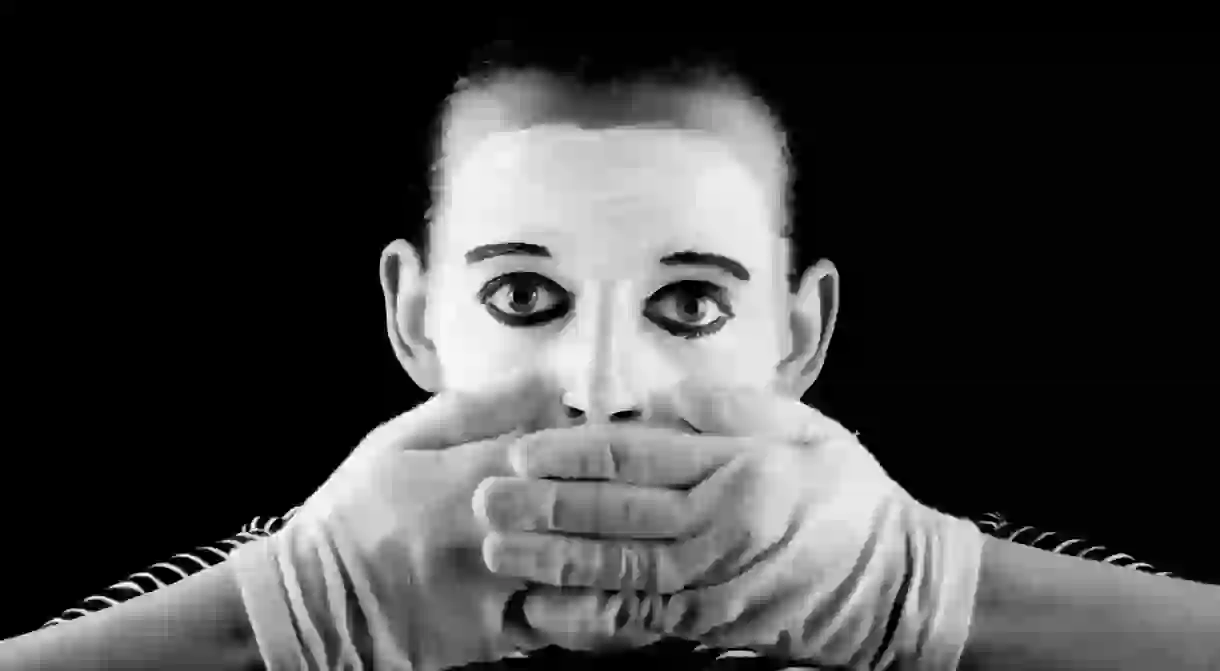Fascinating History Behind France's Hilarious Art of Mime

Discover the fascinating history behind this hilarious art form – including its real place of origin and original creators. It’s a story that goes all the way back to Ancient Greece and aboriginal tribes.
The most shocking fact is that the French may be masters of mime, but they cannot be credited with its invention. In fact, the art form has been practiced in Australia for the last 60,000 years as part of an aboriginal ceremony known as corroboree.

The event showcases dramatic representations of the mythical history of the tribe through mimed actions of hunting animals and catching fish, as well as imitating the movements made by the actual birds and animals themselves.

However, the tradition of mime as we know it today began in Ancient Greece, specifically at the Theatre of Dionysus in Athens. At this venue, a group of masked actors would typically attract an audience of more than 10,000 – all gathered to honour the God of theatre, Dionysus. The art of mime, therefore, is holy at its core.

Its fascinating history is entwined with conquest, because when the Romans invaded Greece, they took mime back to Italy with them. They particularly developed its comedic and tragic aspect, giving rise to the famous Commedia dell’Arte in the early 1500s.

The art was soon claimed by Italian acrobatic, masked street performers – characters with exaggerated comical features who came to be known as Zanni. The introduction into French culture came in 1576 when a company of Italians, led by Flamino Scala, visited France with this art form.

The final chapter in its history came when Jean Gaspard Batiste Deburau, a famous acrobatic street performer, introduced the lovesick character Pierrot to French theatre. He performed from around 1819 to the year of his death at the Théâtre des Funambules, and played a major role in transforming mime to the art form it is known as today.

While mime artistry often makes use of chance situations – a passing car or a person – to elicit humour, it is not a spontaneous performance, but actually a rather complex endeavour.

Believe it or not but there are thousands of different movements which a mime artist must learn and memorise. It takes years to master it completely!














